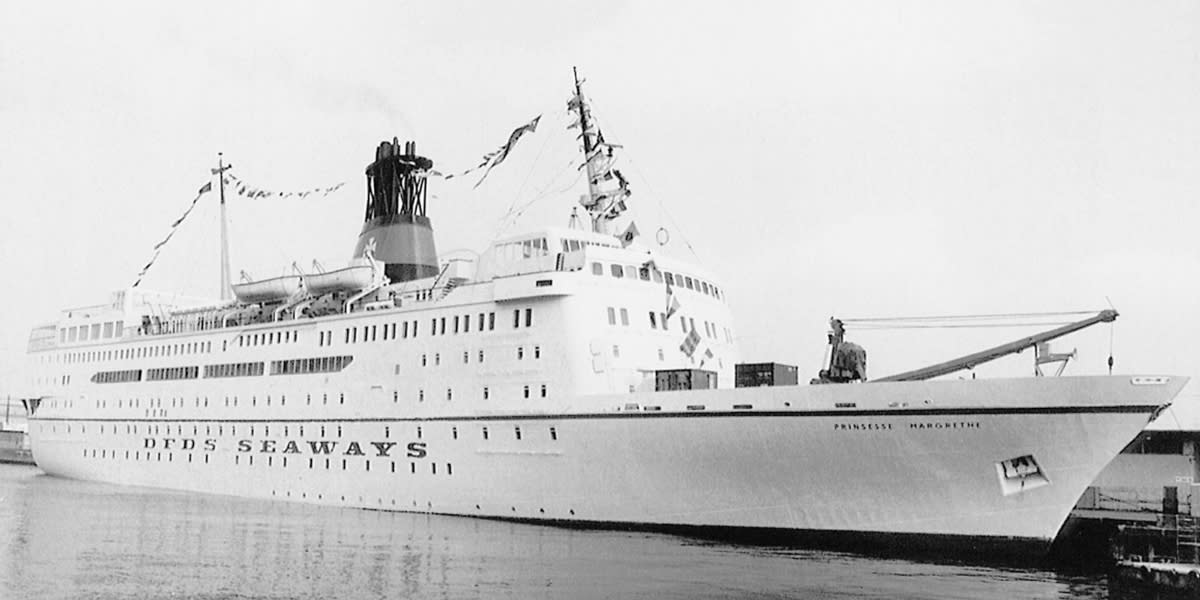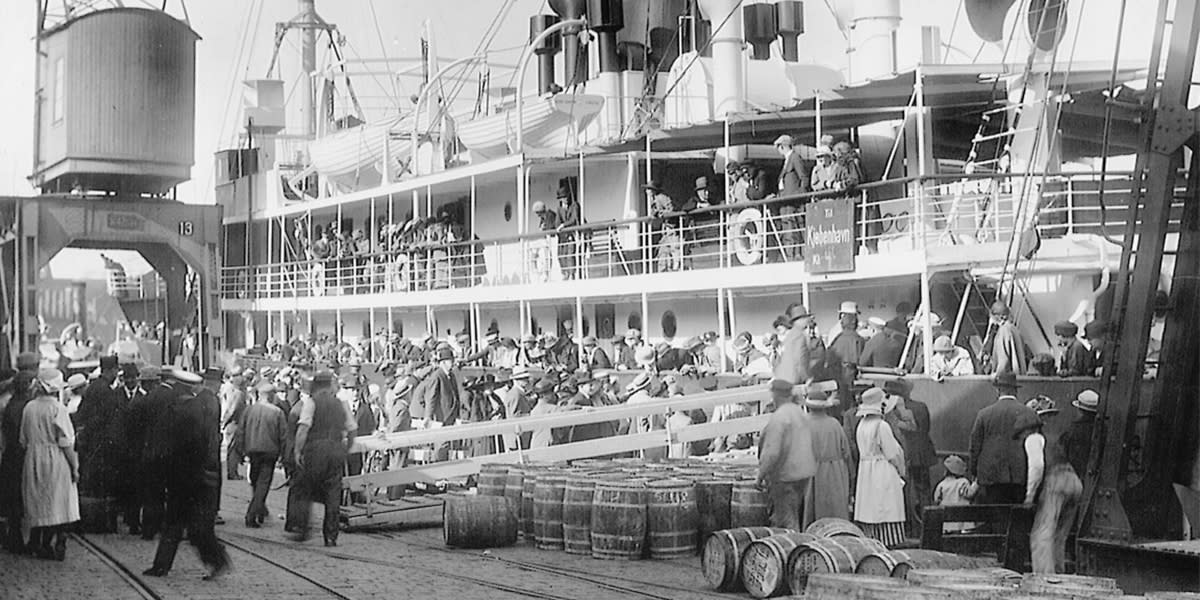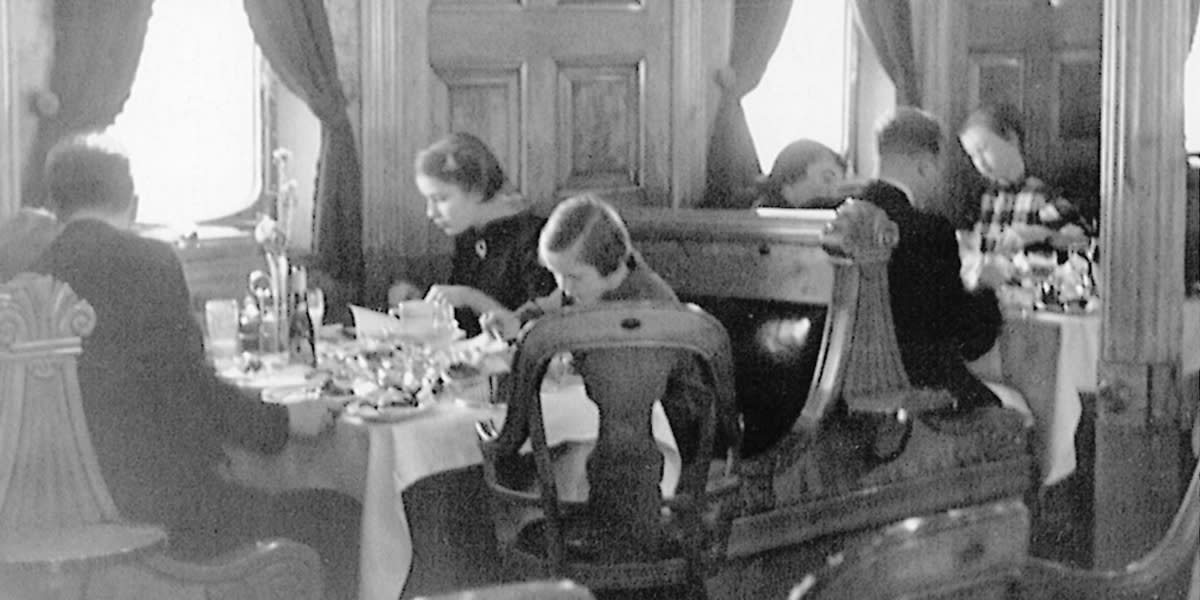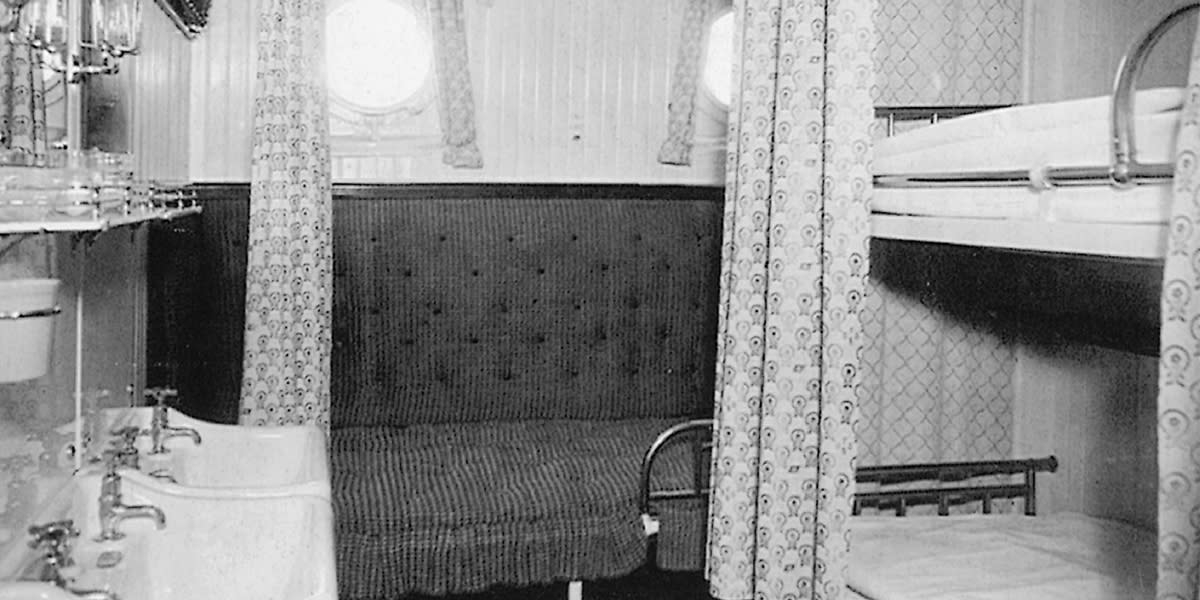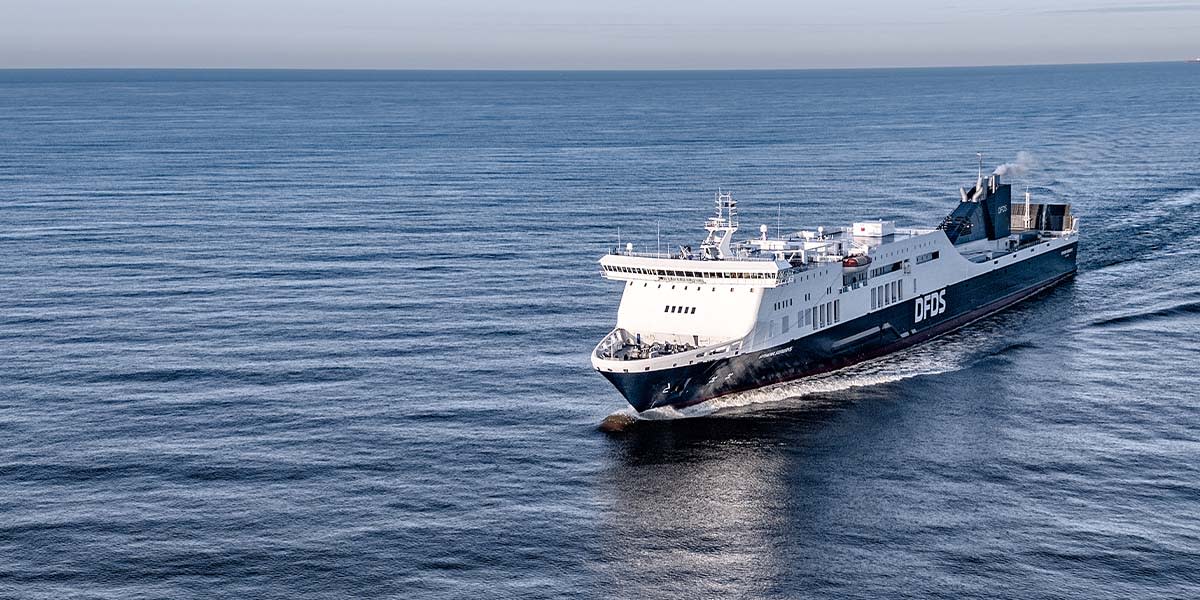
Shipping now and before
Shipping now and in the past: how DFDS conquered Europe's seas
This year, DFDS, one of the largest ferry operators in Europe, is celebrating its 20th anniversary in Lithuania and its 10th anniversary in Estonia. Having established itself as a reliable passenger and cargo carrier in the Baltic Sea, DFDS continues to strengthen its position and is waiting for a new ferry in the autumn, which will complement the company's fleet. In more than 150 years of operation, DFDS has become a reliable passenger and cargo carrier, and the company's history reflects the development of shipping and technological progress.
The history of DFDS begins 154 years ago, when Danish banker and industrialist Carl Frederik Tietgen founded the United Steamboat Company (Danish: Det Forenede Dampskibs-Selskab), the first letters of which are given the name DFDS. In 1867, the company owned 19 steamers and carried passengers and cargo to Norway, Belgium, Great Britain, the Faroe Islands, and some Baltic ports. The first DFDS ships connected Copenhagen with Liepaja, Karaliaucius, St. Petersburg, and from time to time they called at Mėmelis, which is called Klaipėda today.
Trade connections
According to Vaidas Klumbis, DFDS Communications Manager for the Baltics, the company's first routes responded to the economic dynamics of the period: “DFDS steamers transported coal and textiles from Great Britain to Northern Europe - the demand for these raw materials was high in Scandinavia, which is just beginning industrialization. Farmers' produce, food, livestock and even labor traveled from northern Europe to the west. "
1883 DFDS vessels also began sailing in the Mediterranean, where they supplemented their cargo range with exotic Middle Eastern goods. “The company's six steamers, built according to the latest technology, connected Sicily with Antwerp, and from there sailed to the Baltic Sea. This is an important part of DFDS’s history as the company began supplying Northern Europe with rare goods and delicacies that were needed in the 19th century. increased especially at the end of the year: olive oil, raisins, exotic fruits. "
A journey into a new world
The history of DFDS also relates to the hundreds of thousands of Europeans who at the end of the 20th century. emigrated to the United States at the beginning of the 19th century. 1894 DFDS chartered the Malabar and began transporting passengers and cargo once a week from Copenhagen to New Orleans in the United States. Four more years later, another route to New York appeared, picking up passengers and cargo at as many as three intermediate ports: Szczecin in Poland, and Copenhagen and Kristianstad in Denmark.
According to Vaidas Klumbis, a number of residents of the Baltic region emigrated to Western Europe and the USA in search of work in factories: “It is possible that many Lithuanians in the 19th century. DFDS sailed to the USA via the port of Copenhagen from Liepaja, which has long been the main port city for the residents of the Baltic States, who decided to travel by ship to Western Europe, Scandinavia and beyond. Probably the object of future studies is to trace the fates and paths of those Lithuanians who were already DFDS passengers more than 100 years ago ”.
Inevitable break and return
Vaidas Klumbys says that before the Second World War, DFDS relations with the ports of the Eastern Baltic coast were quite intensive, ships visited not only Liepaja, Riga, Tallinn, St. Petersburg but also Klaipeda (Mėmel). "All these routes were interrupted after the war: DFDS had no relations with the countries of the communist bloc for almost half a century and did not carry passengers and cargo from there. Only after regaining its independence, DFDS returned to the ports of the Baltic States and resumed operations. ”
The first step by which DFDS regained the attention of Lithuanian cargo carriers took place in 1996, when the company acquired a company that managed the cargo route from Klaipeda to Fredericia (Denmark). In 2001, the Danish company bought a part of the reorganized joint-stock company Lietuvos jūrų laivininkystė and began to intensify shipping activities in the Baltic States. “Klaipeda has become the central port of DFDS on the eastern coast of the Baltic Sea, and DFDS ferries also run from the port of Paldiski in Estonia. Thus, today DFDS connects Lithuania with Scandinavia and Western Europe, which can now be reached overnight, ”says V. Klumbys.
This year, DFDS celebrates the twentieth anniversary of its activities in Lithuania. Jonas Nazarov, the executive director of the Lithuanian DFDS, is proud that a lot has been achieved during the year: “Almost 5 million people have used the DFDS ferry services in 20 years. passengers, more than 45 thousand. kilometers of wheeled machinery, and the capacity of the fleet itself in the Baltic Sea has almost tripled ”. That the company strongly ties its future with the Baltic Sea and Lithuania is proved by the investments amounting to 400 million. euros. Eleven ferries operated by the company, fly the Lithuanian flag, employ Lithuanian crews, and the company's ferries arrive at the port of Klaipeda on average about a thousand times a year.
Our routes
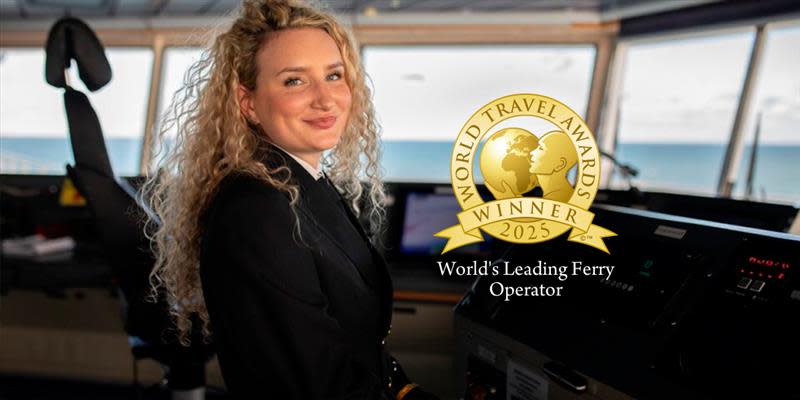
Proudly named the World’s Leading Ferry Operator
We did it! We retained our titles as both Europe’s Leading Ferry Operator and the World’s Leading Ferry Operator again in 2025.
We were also once again recognised as having the best website in our industry – scooping both the European and World awards in 2025.
A heartfelt thank you to everyone who voted, and to our passengers, colleagues and partners who contribute to our continued success – we couldn’t do it without you all.

